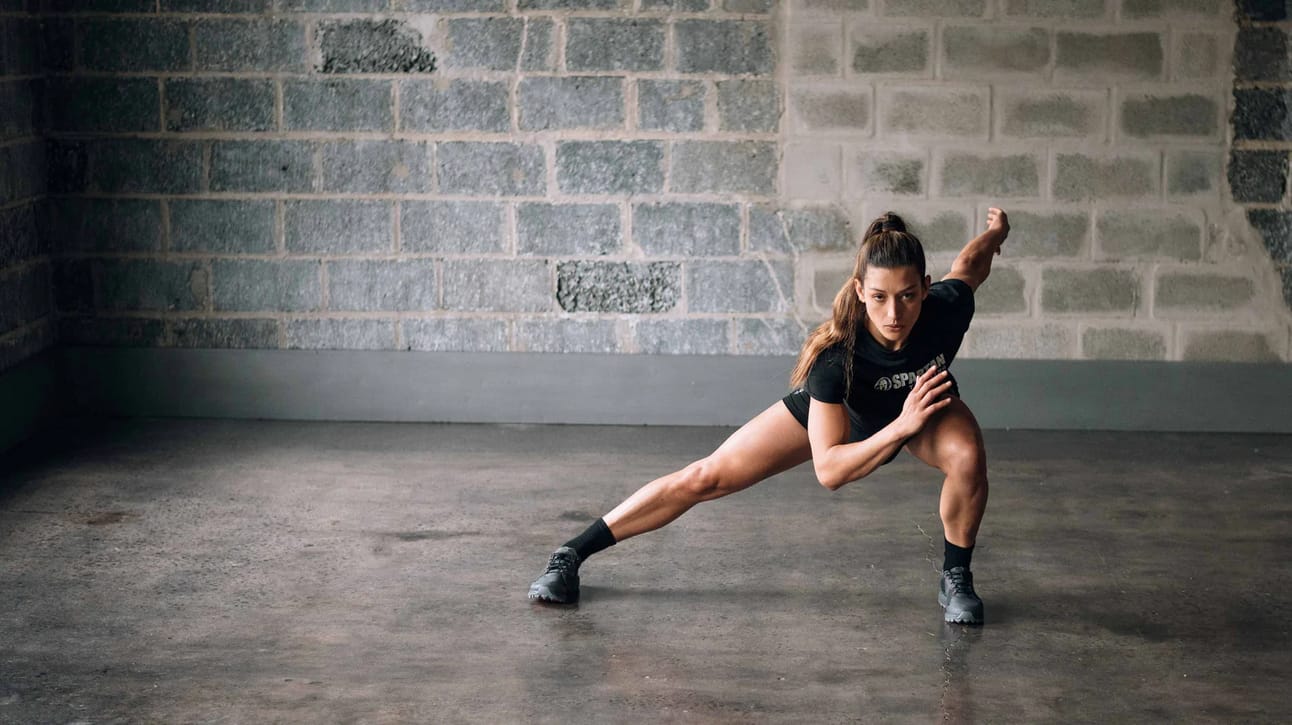- The Movement
- Posts
- Consistency - the answer to all your problems.
Consistency - the answer to all your problems.
The Power of Consistency
Consistency is the foundation of success in every aspect of life.
Whether it's in our personal or professional lives, the ability to remain consistent in our efforts is what ultimately determines our success. Consistency builds trust, habits, and momentum, all of which are critical for achieving long-term goals. It is the answer to everyone's problems because it turns intentions into actions and actions into results.
When we are consistent, we create a sense of reliability and predictability. This is important not only for ourselves but also for those around us. People who depend on us—whether colleagues, family members, or friends—need to know that they can count on us to follow through. Consistency builds this trust and strengthens relationships.
Moreover, consistency helps us build and maintain good habits. It’s easy to start something new when we’re feeling motivated, but motivation can be fleeting. By being consistent, we push through the inevitable dips in motivation and turn our actions into habits that become second nature. These habits, in turn, lead to growth and improvement over time.
In the realm of personal development and fitness, consistency is particularly crucial. Many people struggle to achieve their goals because they lack the discipline to be consistent. However, by understanding and implementing the principles of consistency, we can overcome obstacles and make steady progress toward our goals.

This quote changed my life:
Consistency doesn’t guarantee that you’ll be successful. But not being consistent will guarantee that you won’t reach success.
The more you hesitate to just start, the more time the inner critic has to create excuses to talk you out of doing. By just diving into the work, you shut the voice before it can start its persuasive excuses. An easy hack is to stop spending time getting motivated and just start working.
Confront the work. People think they need perfect conditions to start, when in reality, starting is the perfect condition.
Discipline and Exercise
Discipline leads to habits.
Habits lead to consistency.
Consistency leads to growth.
The most important aspect of exercise? Consistency over time. But the reality is, life gets in the way of best laid plans. This means often our focus isn’t on “optimizing” our exercise routine, but just getting back into some form of activity. Here’s my 4-step framework for getting back into exercise:
Step 1: Start small
When getting back into exercise, it’s tempting to try to get straight back to what we used to do. Perhaps this is because we often perceive anything less as failure, a stark reminder of how much we’ve dropped off since we last exercised regularly. Plus, it’s hard to convince ourselves small chunks of physical activity can have benefits, especially when we used to do much more. But the reality is, we need to start where we are. And the best way to do that is to start small. Not only does this make it easier to get started in the first place, but it also helps to start building the foundations for exercise to become a habit again.
Step 2: Build frequency
Once you take the first step to getting back into exercise, your next focus should be to keep showing up. And specifically, to show up often. This achieves a few things:
Avoid the temptation to go too hard too early
Start to reinforce consistent exercise as a habit
Once again build your identity as an active person
Because you’ve started small, it’s much easier to show up more often and to build a solid foundation of consistent exercise in the process. From there, you’re well positioned to take the next step in your journey back to regular exercise.

Step 3: Add intensity
I’m convinced overdoing intensity is one of the main barriers to long-term exercise progress. By "intensity" I mean:
Aerobic exercise at high heart rates (as a percentage of your maximum)
Resistance training with very heavy loads (again relative to maximum), or taking sets closer to failure
It’s true higher exercise intensities “work”. Changes in fitness or health markers probably happen quicker than with lower exercise intensities. But there’s a downside, and that’s for most people, exercise at higher intensities:
Is not pleasurable
Causes more fatigue
Makes it harder to show up more often
Not ideal when you're trying to build a habit of regular exercise. That’s why it’s important to avoid the temptation to go too hard too early when resuming exercise. Having a little patience and introducing higher intensities after you’ve built a solid foundation of regular exercise goes a long way to making your new routine more sustainable. From there, it's about firmly sticking to the path.
Step 4: Focus on the process (and not the outcome)
Our obsession with results is another big killer of progress with exercise. But why else would we exercise, Jackson? Fair point. So let’s be clear: goals are absolutely important. The problem is, if we become too attached to them, they can make us fall short. Luckily there's an alternative - and that's to focus on the process instead.
Check out this 2022 study on the effect of different types of goals on performance (albeit in sporting contexts): The gist is that process goals outperformed outcome (or performance) goals. So what’s the difference between outcome and process goals?
An outcome goal focuses on the end result or outcome
A process goal is what an athlete focuses on when performing a specific skill
We can reframe these for non-athletes who exercise for general health or fitness benefits. Outcome goals include changes in:
Fitness metrics (like strength or VO2max)
Performance measures (like running or cycling pace or distance)
Improvements in health markers (like blood pressure or fasting blood glucose)
Process goals are anything to do with the action of performing exercise, like:
Showing up 3 times per week to exercise for 10 minutes or more
Committing to not missing 2 planned sessions in a row
Focusing on how exercise "feels" and tailoring our routine accordingly
So once we have an outcome goal in mind, we need to translate it to the process needed to get there and focus on nailing that instead. After all, the outcome is largely outside our control - but the process is firmly within our grasp.

Consistency: The Key to Progress
While we should listen to our bodies and be aware of how we’re healing, we should NOT allow caution to interrupt consistency. Meaning, we must understand the importance of continuing to move, despite symptoms of pain or fear around what’s going on.
We like to explain the idea of consistency as putting pennies in the piggy bank, making small deposits that add up. With these “investments”, we build a base that allows us to make progressions and advancements within how we move and how we exercise. Maybe that’s a small bump in the speed of a movement, increase in the weight being used, or the distance being run. But no matter what it is, none of these things are possible without establishing consistency first.
Consistency in any endeavor in life can be difficult. There may be periods where things feel boring and monotonous and where you’re craving some variety and novelty. However, the “fun” things are only possible once we’ve laid the groundwork and repeated the process long enough to where our bodies can handle, and will actually benefit from, more advanced forms of exercise and training.
Our goal is to have you confident enough to where you’re ASKING for more, rather than avoiding it. We will always have some degree of fear and doubt, but with consistency, making our daily deposits, and accumulating repetition upon repetition, confidence soon takes over.
Progress is rarely linear and there will be flare-ups, frustrations, and setbacks. However, what determines success is you understanding “I've been here before and I understand what to do. Be consistent. Put in the work.”
By following these principles and understanding the importance of consistency, we can achieve our goals and make lasting progress in our fitness journey and beyond. Remember, the key is to start small, build frequency, add intensity gradually, and focus on the process. Consistency is the foundation upon which all success is built.
***
Thanks always for taking the time to read this.
If you’ve enjoyed this volume of The Movement, please spread the love and tell your friends! You can share this newsletter using the link below:
https://the-movement.beehiiv.com/subscribe
Do you have any suggestions for The Movement? Reply directly to this email or shoot me a message on Instagram.
- Ryan